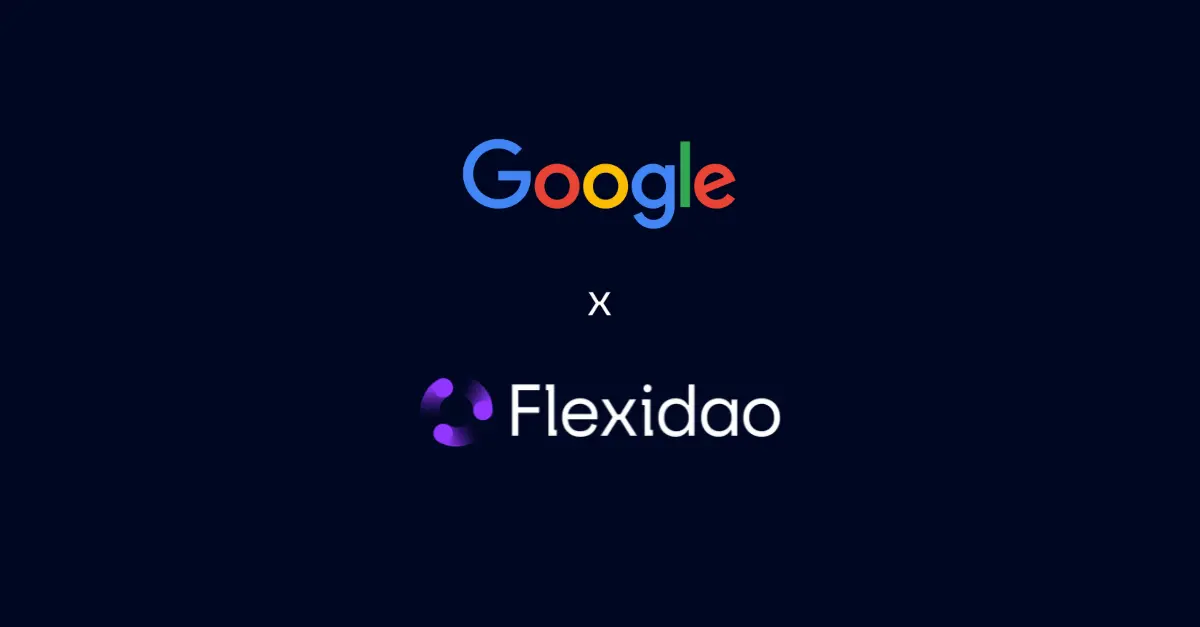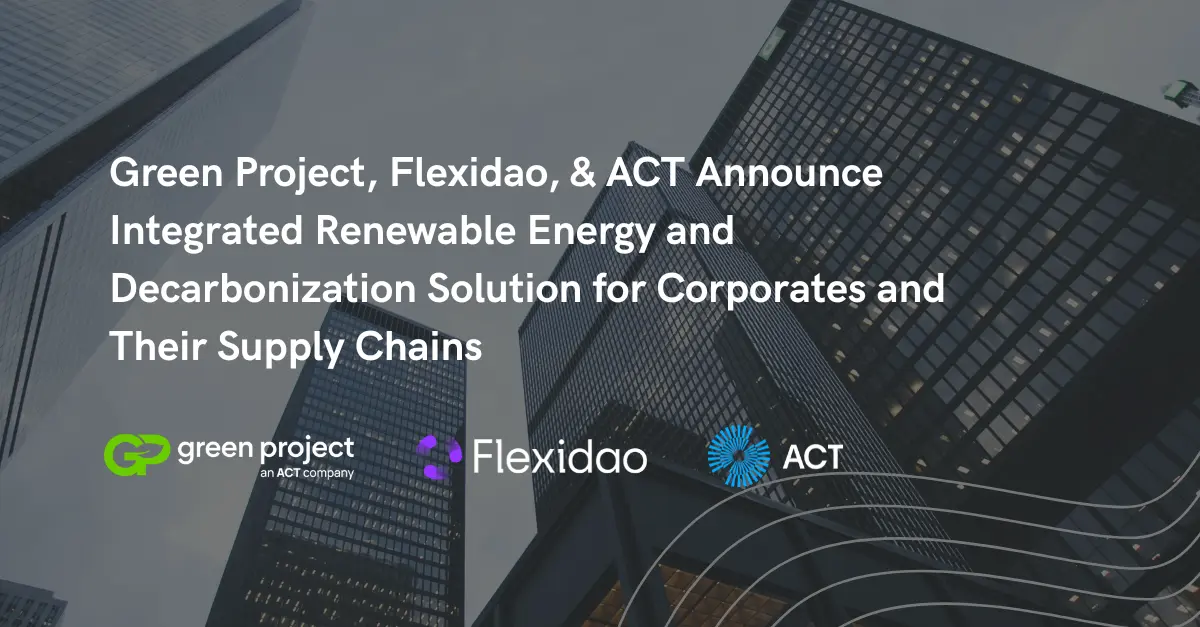Data Centers Energy Management: Transition To Renewable Energy
Data Centers Energy Management: Transition To Renewable Energy
Transition data centers to renewable energy with Flexidao's energy management platform for seamless energy data management.
The pandemic has brought about rapid digital transformation. We're spending more of our lives online than ever before. Data centers are at the heart of this digital transformation. But while data centers have benefited our lives immensely, they consume enormous amounts of electricity. This is a critical issue given the role emissions from power generation plays in climate change. So how can we solve this issue? And what options are available to data center owners to reduce their climate impact?
Electricity use in Data Centers
It’s now estimated that data centers consume approximately 1 percent of global electricity use. With consumption estimated at over 200 TWh, global data centers consume more power than the entire consumption of Poland.
However, data centers have made vast improvements in energy efficiency over the past decade. In a recent study, the authors estimated that data center electricity use grew 6 percent by 2018 compared with 2010. Whereas global data center compute instances increased by 550 percent over the same time period. This has been a huge success story for the sector.

Efficiency practices to reduce impact
Data centers typically use a standard metric of efficiency, Power Usage Effectiveness (PUE). A data center PUE provides insight into its energy efficiency by comparing the total building power required with the power required to run the computing equipment. Based on an Uptime Institute survey, the average PUE has decreased from ~2.0 to ~1.6 in the past decade. Currently, Google's data centers are running at the top-end of efficiency with a PUE of ~1.1.

The advances in PUE over the past decade are because of the following reasons.
- Priority given to data centers established in cooler locations (i.e. Iceland and Norway)
- Free-cooling as a cooling mechanism to avoid expensive electricity-powered chillers
- Using more efficient equipment in power distribution/transformers/UPS/lighting
- Design improvements in existing data centers - hot/cold aisle containment
- Better cooling and temperature control
- Use of machine learning and AI to optimise systems
Clean Energy Leaders
Energy efficiency improvements aren’t the only way to reduce a data center's climate impact. Renewable energy procurement is another key tactic used by the industry to reduce or even eliminate Scope 2 emissions, which represent the biggest slice in this business. For a data center that doesn’t purchase renewable electricity yet, there are a number of options for renewable energy purchasing. These include signing virtual or physical corporate PPAs, on-site generation, green tariffs, and renewable energy certificates.
The data center sector has been a core driver of renewable energy sourcing in the past decade. In 2020, tech giants Amazon, Google, and Facebook were among the top ten buyers of clean energy. All three have significant data center operations.

Co-location companies have also been active in renewable energy with companies such as Equinix becoming leaders in clean energy sourcing.
Tracking a Data Center’s 24/7 Renewable Journey
For data centers already purchasing renewable power, there is now an opportunity to take your procurement to the next level. Industry players such as Google, Microsoft, and Iron Mountain can provide a source of inspiration. These market leaders plan to transition from 100 percent renewable energy on an annual basis to 100 percent renewable energy on an hourly basis. These players have adopted this strategy as matching on an annual basis isn’t believed to be enough to reach the goal of fully decarbonising the electricity grid.

Becoming renewable 24/7
In their white paper, Google has set out their strategy for achieving 24/7 hourly renewable energy. They have highlighted some innovative approaches that could be taken to achieve this strategy.
- Multi-technology Power Purchase Agreements (PPAs)
A mix of renewable procurement options will be needed. For example, Solar PV doesn’t generate at night, so an alternate renewable power source would be required during night hours. This means that a potential 24/7 power supply could include a mixture of solar PV, wind, hydro, and bio-power to achieve a high percentage of hourly renewable matching. Google estimates that it could achieve over 90 percent hourly matching through a mix of solar and wind energy at one of its data center’s in Chile.
- Energy Storage
Even with a mix of renewable generation, it will be very difficult to achieve 100 percent renewable energy all of the time. Some forms of energy storage will be required. Short-term energy storage could be provided through lithium-ion or flow batteries. Longer term storage could be provided by Power-to-X solutions. Green hydrogen is a Power-to-X fuel that could be used to generate clean power in fuel cells or hydrogen turbines. This renewable power could help to fill in the gaps due to intermittent wind and solar.
- Carbon Intelligent Load Shifting
Carbon intelligent load shifting can also play a role in 24/7 renewable energy. With this approach, companies with load flexibility shift their electricity use to hours with a lower grid carbon factor.
For example, the Californian grid is heavily dominated by midday solar power. This means that the carbon factor during these hours is typically lower carbon than night-time hours. By shifting power consumption to lower carbon hours, a company will have a positive impact on carbon emissions and support the operation of the power network.
Enabling your 24/7 renewable strategy
To fully take advantage of a multi-technology PPA, or alternative renewable electricity procurement strategies, it's necessary to access reliable and granular energy data. At FlexiDAO, we enable companies to transition to a 24/7 renewable strategy leveraging our blockchain-based energy traceability software.
As part of the EnergyTag initiative, we’re trialing 24/7 renewable hourly matching for one of Microsoft’s data centers in Amsterdam, in partnership with Eneco. The data center’s power consumption will be ‘hourly matched’ with the real-time production of an offshore wind farm. Our software provides the project with the software tools that enable the traceability of energy production and consumption without the installation of additional hardware devices.
Our software solution helps data centers to certify their energy procurement data on a 24/7 basis. We can also measure historical gaps between hourly carbon-free energy production and your hourly electricity consumption to progress towards a 24/7 zero-carbon strategy. This will ensure that your data center is making the highest contribution possible to climate change action, enabling confident climate communication which will position you amongst the energy leaders in the data center industry.
If you would like to know more about how we can help with your renewable contracting, please get in touch


.webp)





